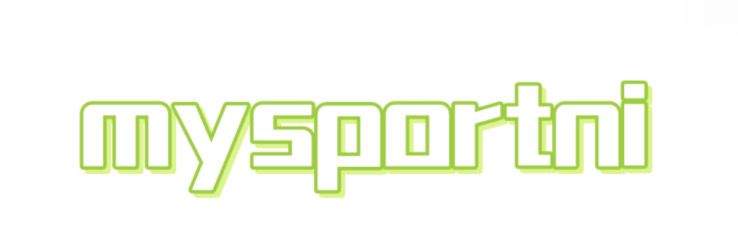How Capacitive Touch Screens Work: Your FAQs Answered
sonnepower contains other products and information you need, so please check it out.
Understanding Capacitive Touch Screens
Capacitive touch screens are essential components in contemporary gadgets such as smartphones, tablets, and computers. Unlike their resistive counterparts that rely on physical pressure, capacitive screens utilize the electrical characteristics of the human body to register touch inputs. These screens are constructed from layers of glass and a conductive material, typically indium tin oxide (ITO). When a finger approaches the screen, it disrupts the electrostatic field present, allowing the device to accurately detect the touch location.Principles of Operation
Capacitive touch screens operate based on fascinating principles. They feature a transparent conductive layer capable of continually measuring capacitance at various points on the display. As a conductive object, like a finger, nears the screen, it results in a change to the local electrostatic field, which the screen's controller identifies, subsequently determining where the touch happened.Types of Capacitive Touch Technology
There are two primary varieties of capacitive touch technology: surface capacitive and projected capacitive.- Surface Capacitive: This variant includes a single conductive layer that measures capacitive changes across its surface. While it can detect touch inputs, it has limited multi-touch functionality.
- Projected Capacitive: In contrast, this advanced technology offers superior touch detection and multi-touch capability by employing multiple layers of sensors arranged in a grid pattern. This allows the screen to recognize several touch points at once, enabling intricate gestures including pinch-to-zoom.
Advantages of Capacitive Touch Screens
Capacitive touch screens provide several advantages when compared to other touch technologies. One significant benefit is heightened sensitivity, resulting in a more responsive and seamless user experience. Furthermore, they offer high levels of visual clarity since their design permits the use of thin, transparent layers that do not impede image quality. Durability is another key advantage, as capacitive screens are usually crafted from glass, which is more resilient than the plastics often found in resistive screens. This quality contributes to a longer lifespan for devices equipped with these screens.Water and Dirt Sensitivity
Though generally reliable, capacitive screens exhibit some sensitivity to water and dirt. Since they detect alterations in the electrostatic field, water droplets can erroneously register as touches. Moreover, dirt or grease can obstruct the screen’s ability to accurately recognize valid touch inputs. Regular cleaning of these screens is vital to maintain their optimal functionality.Using Gloves with Capacitive Touch Screens
Traditionally, capacitive touch screens do not respond well to non-conductive materials, like regular gloves. Nonetheless, there are gloves specifically designed for use with capacitive screens. These specialized gloves contain conductive fibers at the fingertips, mimicking the electrical characteristics of a human finger. Many modern devices also include settings that enhance sensitivity, making it easier to operate capacitive screens in a variety of environments.Conclusion
Capacitive touch screens are crucial in facilitating interactions with modern electronic devices, providing users with a responsive and intuitive experience. A deeper understanding of their operation enhances appreciation for their functionality, empowering users to make informed choices regarding their devices. For further inquiries about capacitive touch screens or additional information, please feel free to reach out to us.If you are looking for more details, kindly visit our website.
Recommended article:Capacitive vs. Resistive Touch Screens: Which Is Better?
For more how a capacitive touch screen works information, please contact us. We will provide professional answers.

